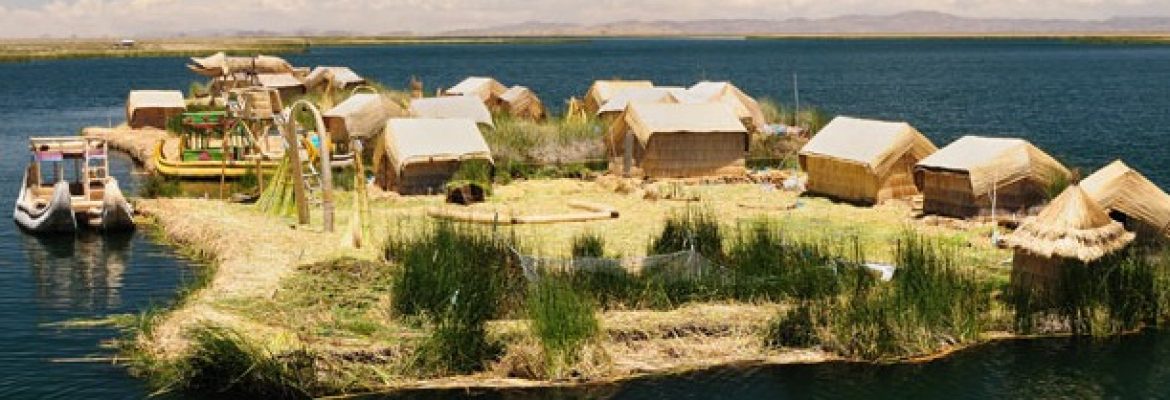Lake Titicaca, Peru
Lake Titicaca is deservedly awash with gushing clichés. This incongruous splash of sapphire amid the stark plains of the Altiplano is one of the most beautiful sights in the region. Although it is often wrongly described as the highest navigable lake in the world (both Peru and Chile have higher navigable bodies of water), it nevertheless sits at a dizzying 3820m. It is more than 230km long and 97km wide, making it South America’s second-largest body of freshwater after Venezuela’s Lake Maracaibo. The lake straddles both Peru and Bolivia, and is a remnant of the ancient inland sea known as Lago Ballivián, which covered much of the Altiplano before geological faults and evaporation brought about a drop in the water level.
The traditional Aymarán villages along the lakeshore, with the snow-topped peaks of the Cordillera Real in the background, provide a magical landscape.
The traditional Aymarán villages along the lakeshore, with the snow-topped peaks of the Cordillera Real in the background, provide a magical landscape.
On the lake’s southern shore, Copacabana is a cute, tourist-friendly town with an important religious past; it attracts many Peruvian pilgrims to this day. Even more fascinating for the visitor are the colorful and historical communities that inhabit the lake’s many tiny islands such as Isla del Sol & Isla de la Luna. Integral to any visit is learning about the region’s ancient legends, which can greatly enhance the travel experience. Long rumored to be unfathomable, the depth of the lake has now been measured at up to 457m. Trout were introduced into it in 1939, but are now largely farmed in special hatcheries.


